My company, IntroCRM, is a fractional sales agency that helps small sales teams excel with email deliverability, list building, and messaging. Clay is a critical part of how we help our customers generate, qualify, and book time with leads. In this blog post, I’m going to describe our life before Clay, why and how we use it today, and show you an example of a creative prospecting campaign that we ran for a client.
Life before vs. after Clay
A major part of our job is building the best possible leads for our clients. Before Clay, we used the most expensive database I could find, paying tens of thousands of dollars a year to a data broker. Even with the best database in the market, we had limited information about our prospects. We needed to supplement the data we paid for with other sources to be able to give our clients a unique, personalized set of leads.
In the sales community, people often debate “personalization” versus “relevance” as core philosophies. The personalization camp insists that you should send just a few daily emails—but craft them painstakingly, adding detail about your prospect’s life, hobbies, etc. People who favor relevance often prefer strategizing about how to catch prospects at the right time, with the right context.
With Clay, you can do both.
On Clay, we use multiple sources of information to put together a composite picture about our prospects and craft the right message for them. We no longer rely on any single database provider. We use numerous integrations, including web scraping, OpenAI with ChatGPT, etc., to pull and analyze information that doesn’t exist in data sets in the first place. It has completely transformed how we think about list building.
Case study: Colorado brewery production & traffic
Recently, we had a client who wanted to sell to breweries in Colorado with a personalized sales pitch. The company sells sophisticated ERP software for breweries that are ready to scale. This includes tax compliance across multiple states, working with distributors, and forecasting for production and inventory.
Our goal was to reach out to busy executives at breweries, like CFOs or Head Brewers. We wanted to convert their replies into meetings with a brewery specialist on our client’s team.
We built our client a stunning, creative prospect list with Clay without any manual work, starting just with a list of 461 breweries.
First, we used Clay to scrape Google Maps to find the reviews of each brewery. After quickly scanning the reviews, we realized we wanted more information. We went a step further and used Clay to scrape a niche social media platform where people rated beers. We found the check-in volume at these breweries, including the total, monthly, and number of unique visitors. Finally, we pulled production volume data from an industry association to arrive at a holistic view of each brewery’s business.
Our client was super impressed. We gathered information that would have taken weeks of manual labor to aggregate. We’ll be able to help them customize emails to the breweries in their prospect list based on foot traffic and production—two highly relevant business signals.
*
We’ve used Clay in creative ways for many different campaigns with trade show lead lists and other sources. We've been using regular expressions to draft interesting email copy.
For example, you can calculate the ratio of company’s marketing vs. non-marketing personnel. Small marketing teams relative to company size might have a ratio of 2%; larger teams may have a ratio over 10%. You can use conditional copy using regex to say, “It looks like you have a [lean / big] marketing team.” This custom line will help you better communicate relevance in the eyes of your prospects.
Much of our campaign prep work happens within Clay, and we export send-ready campaigns with lots of custom variables. The final reviewing and proofing step is in our sending software—which conveniently has a native integration with Clay—is the last step in our process.
We do final checks on all the copy, the variables, and then use spintax to create variation between different versions of the email. We have a proprietary tool we’re developing to make this easier, where you can flag words and phrases in your email and create synonyms and substitutes across your campaign for more dynamic email content. This helps with deliverability and also helps you split test different messaging.
Once this step is complete, we hit send, monitor performance, and turn the replies into meetings.
The difference between using Clay versus a single database—in terms of the quality of the prospects we source and the copy we’re able to write—is massive. For us, Clay represents the future of sales. We’re able to use multiple data sources to find the best possible prospects for our clients, and our workflow wouldn’t function any other way.
My company, IntroCRM, is a fractional sales agency that helps small sales teams excel with email deliverability, list building, and messaging. Clay is a critical part of how we help our customers generate, qualify, and book time with leads. In this blog post, I’m going to describe our life before Clay, why and how we use it today, and show you an example of a creative prospecting campaign that we ran for a client.
Life before vs. after Clay
A major part of our job is building the best possible leads for our clients. Before Clay, we used the most expensive database I could find, paying tens of thousands of dollars a year to a data broker. Even with the best database in the market, we had limited information about our prospects. We needed to supplement the data we paid for with other sources to be able to give our clients a unique, personalized set of leads.
In the sales community, people often debate “personalization” versus “relevance” as core philosophies. The personalization camp insists that you should send just a few daily emails—but craft them painstakingly, adding detail about your prospect’s life, hobbies, etc. People who favor relevance often prefer strategizing about how to catch prospects at the right time, with the right context.
With Clay, you can do both.
On Clay, we use multiple sources of information to put together a composite picture about our prospects and craft the right message for them. We no longer rely on any single database provider. We use numerous integrations, including web scraping, OpenAI with ChatGPT, etc., to pull and analyze information that doesn’t exist in data sets in the first place. It has completely transformed how we think about list building.
Case study: Colorado brewery production & traffic
Recently, we had a client who wanted to sell to breweries in Colorado with a personalized sales pitch. The company sells sophisticated ERP software for breweries that are ready to scale. This includes tax compliance across multiple states, working with distributors, and forecasting for production and inventory.
Our goal was to reach out to busy executives at breweries, like CFOs or Head Brewers. We wanted to convert their replies into meetings with a brewery specialist on our client’s team.
We built our client a stunning, creative prospect list with Clay without any manual work, starting just with a list of 461 breweries.
First, we used Clay to scrape Google Maps to find the reviews of each brewery. After quickly scanning the reviews, we realized we wanted more information. We went a step further and used Clay to scrape a niche social media platform where people rated beers. We found the check-in volume at these breweries, including the total, monthly, and number of unique visitors. Finally, we pulled production volume data from an industry association to arrive at a holistic view of each brewery’s business.
Our client was super impressed. We gathered information that would have taken weeks of manual labor to aggregate. We’ll be able to help them customize emails to the breweries in their prospect list based on foot traffic and production—two highly relevant business signals.
*
We’ve used Clay in creative ways for many different campaigns with trade show lead lists and other sources. We've been using regular expressions to draft interesting email copy.
For example, you can calculate the ratio of company’s marketing vs. non-marketing personnel. Small marketing teams relative to company size might have a ratio of 2%; larger teams may have a ratio over 10%. You can use conditional copy using regex to say, “It looks like you have a [lean / big] marketing team.” This custom line will help you better communicate relevance in the eyes of your prospects.
Much of our campaign prep work happens within Clay, and we export send-ready campaigns with lots of custom variables. The final reviewing and proofing step is in our sending software—which conveniently has a native integration with Clay—is the last step in our process.
We do final checks on all the copy, the variables, and then use spintax to create variation between different versions of the email. We have a proprietary tool we’re developing to make this easier, where you can flag words and phrases in your email and create synonyms and substitutes across your campaign for more dynamic email content. This helps with deliverability and also helps you split test different messaging.
Once this step is complete, we hit send, monitor performance, and turn the replies into meetings.
The difference between using Clay versus a single database—in terms of the quality of the prospects we source and the copy we’re able to write—is massive. For us, Clay represents the future of sales. We’re able to use multiple data sources to find the best possible prospects for our clients, and our workflow wouldn’t function any other way.




















.jpg)
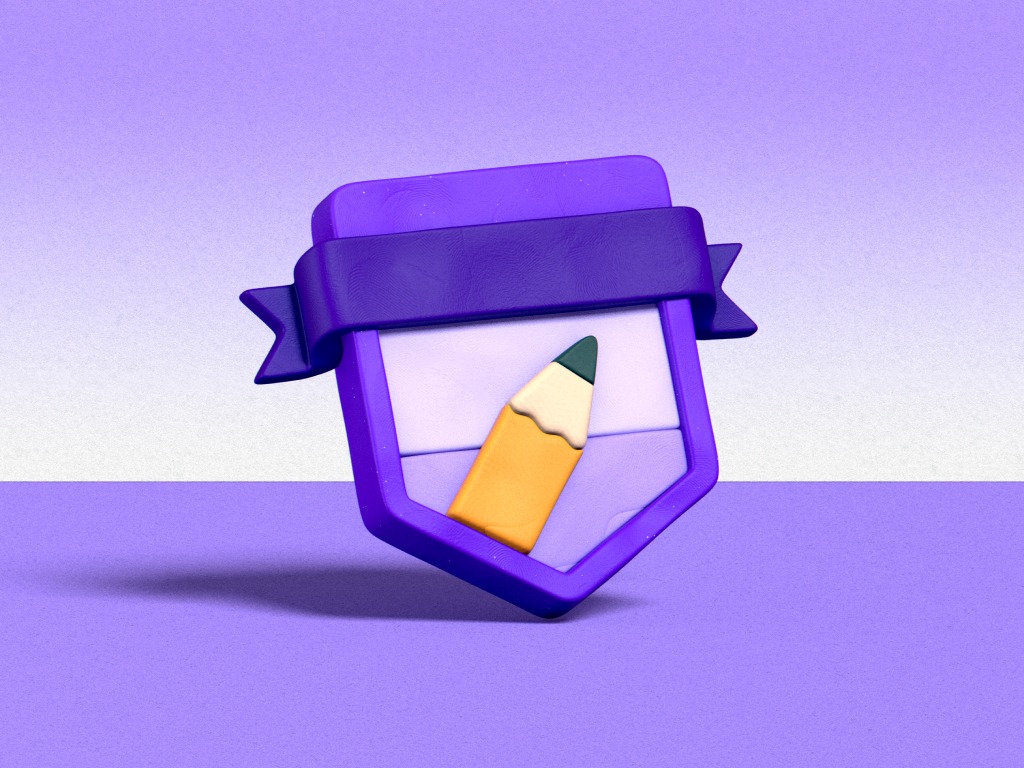

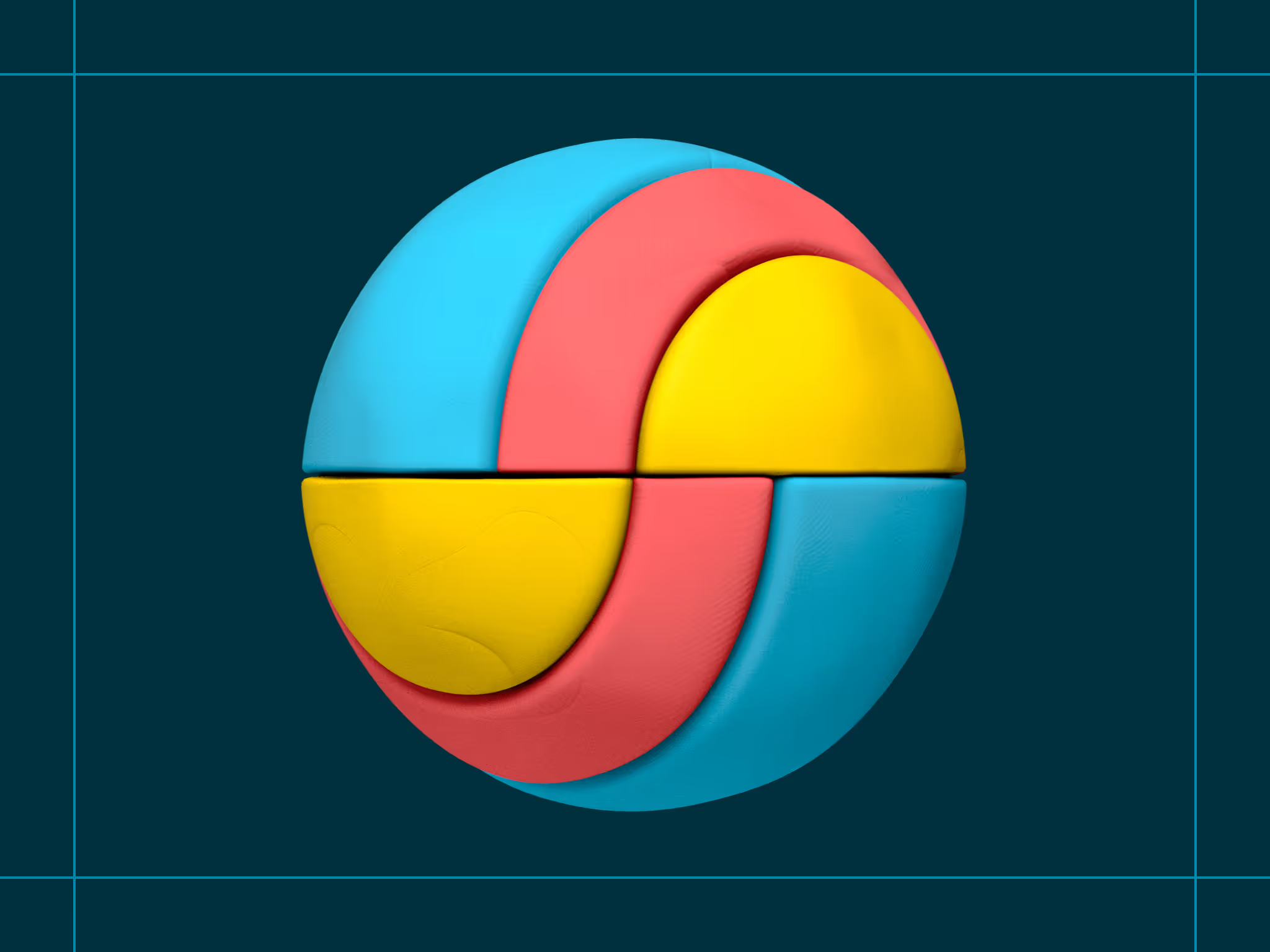
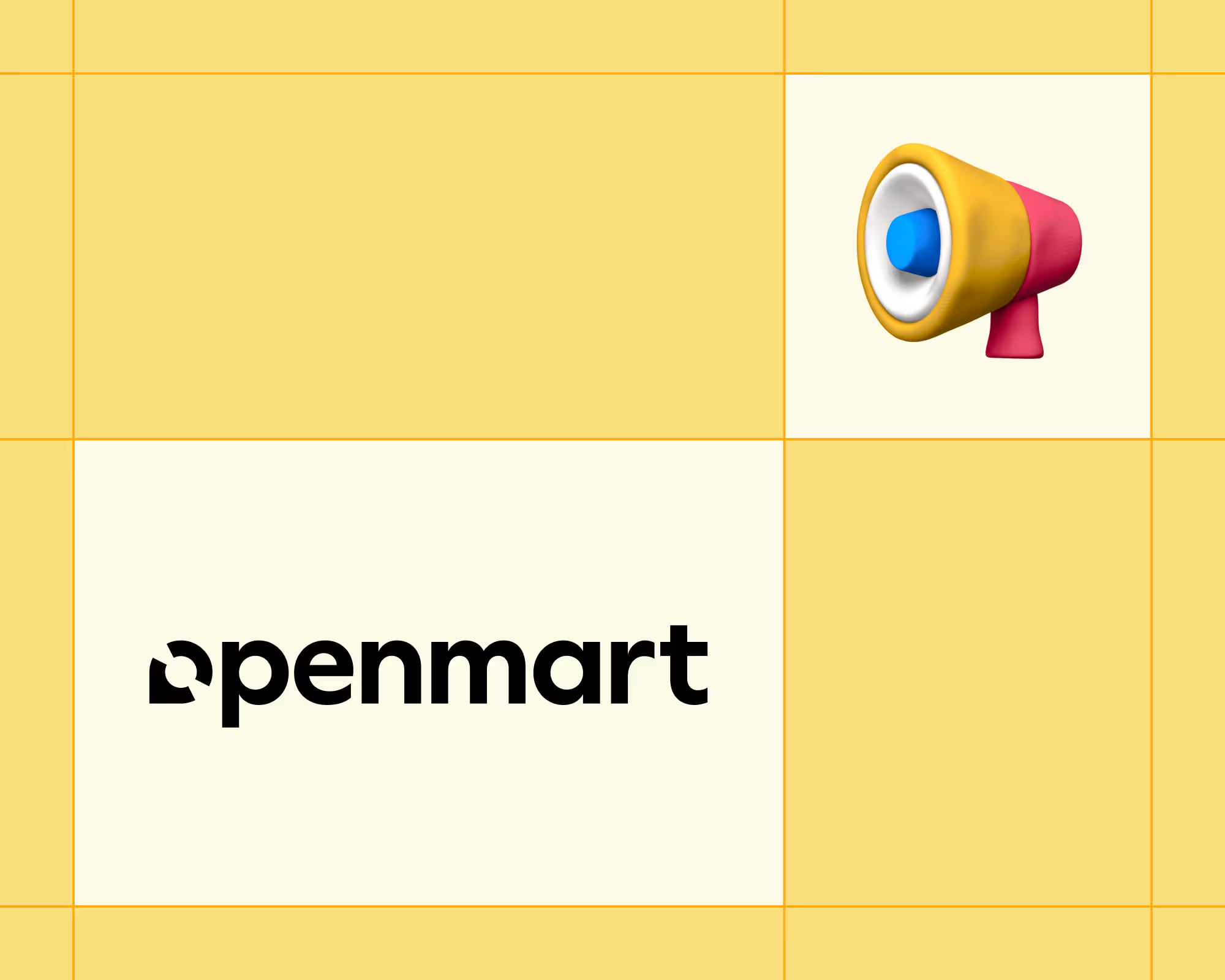
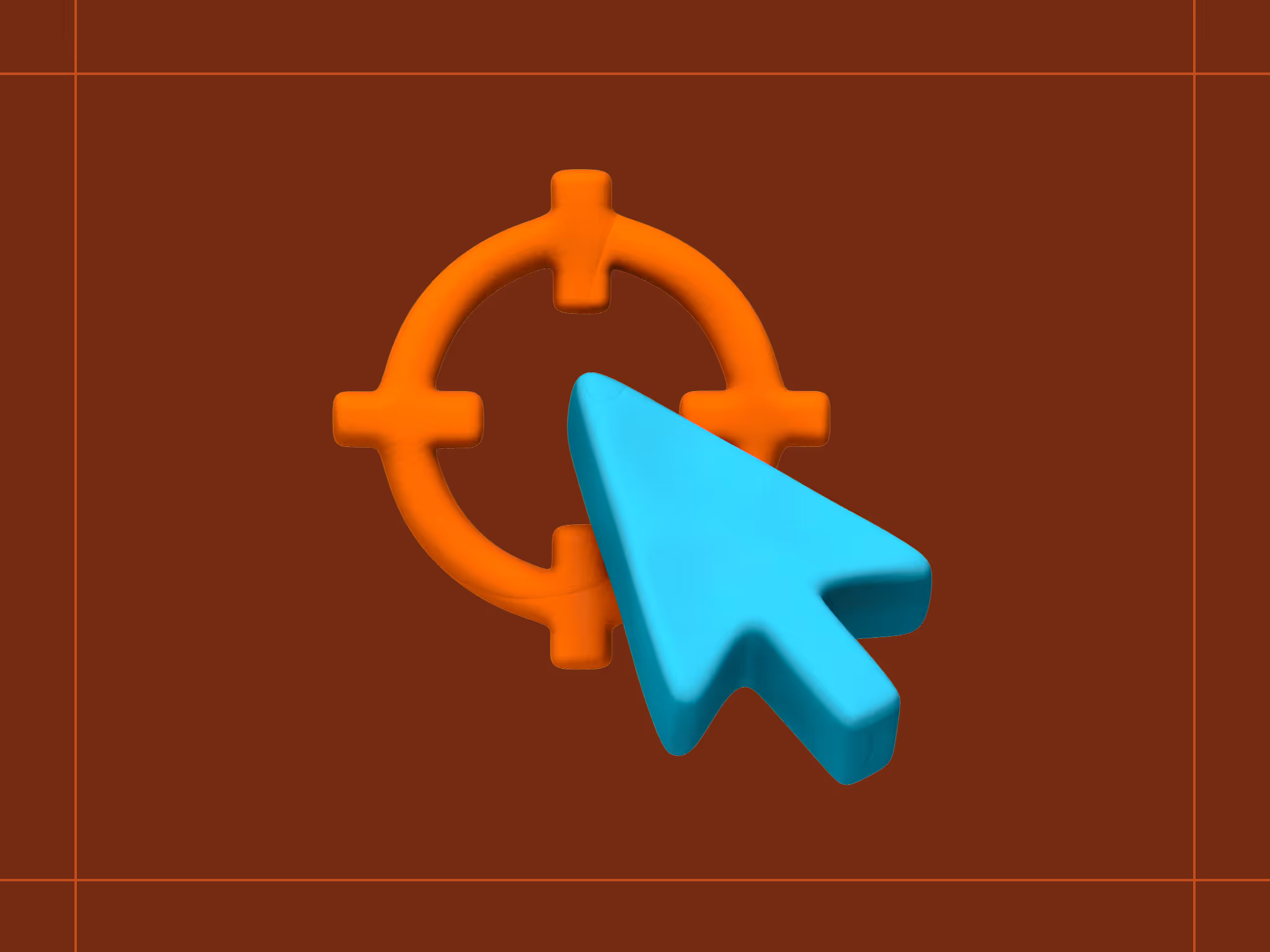
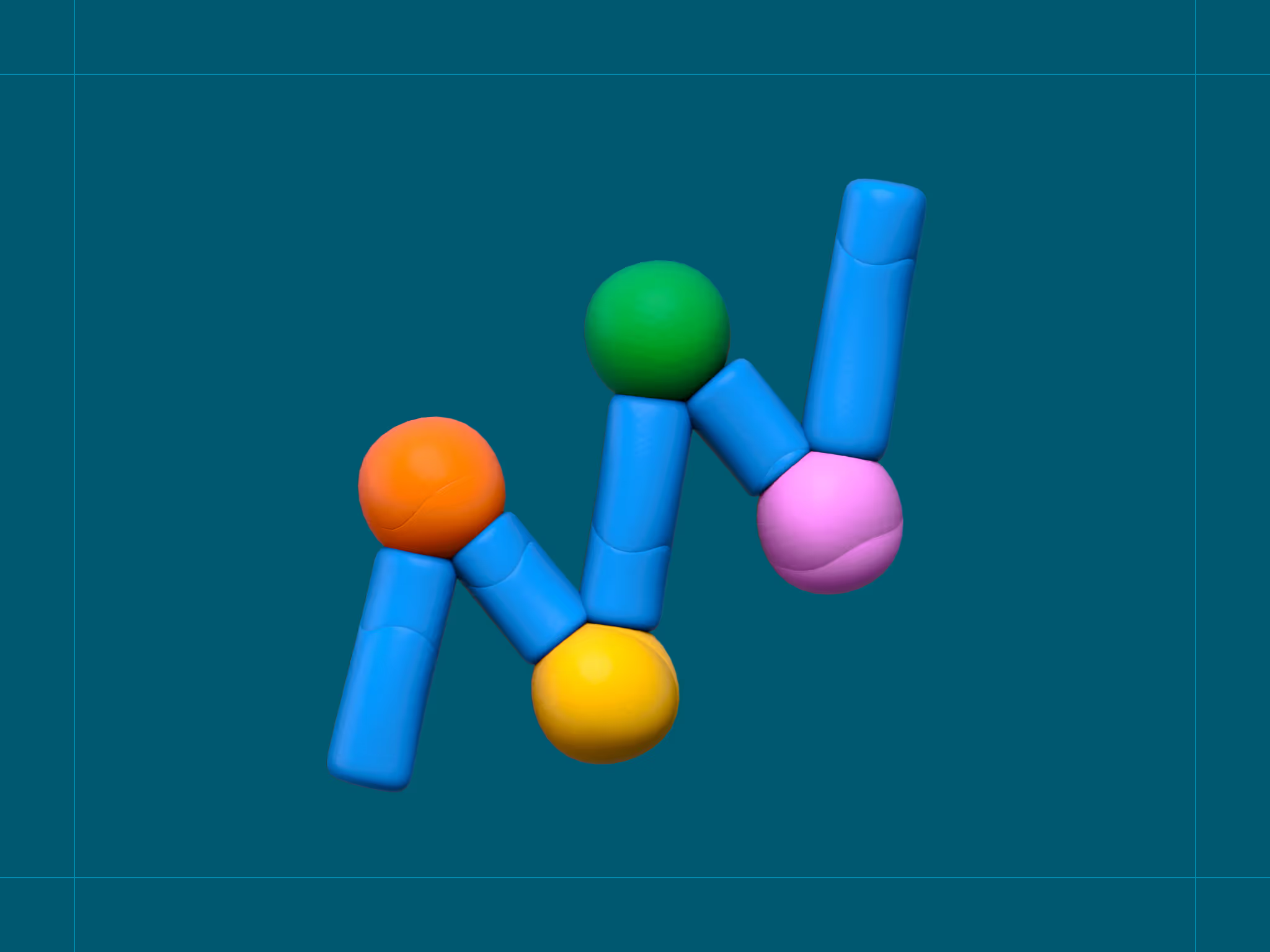
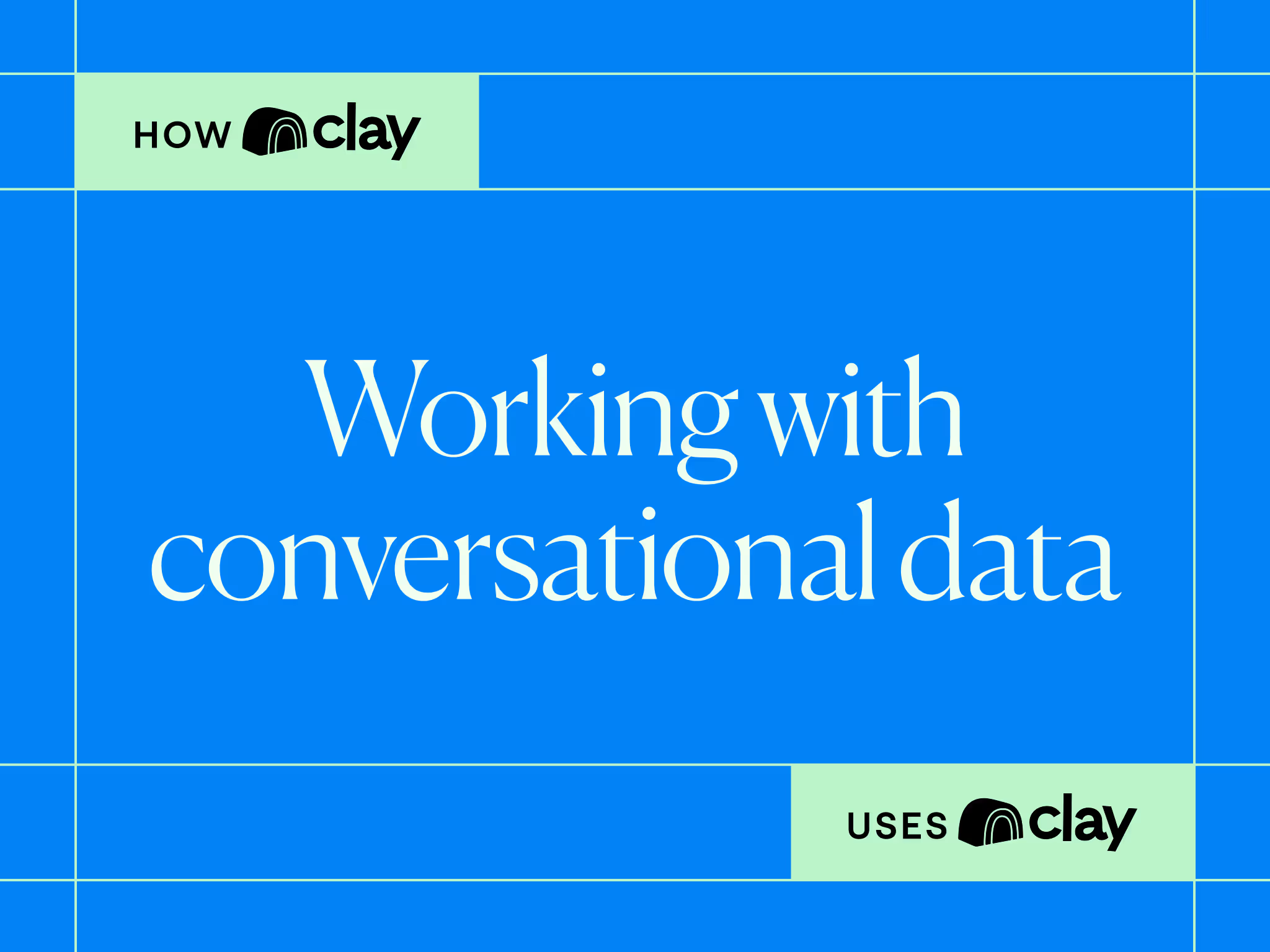
.avif)




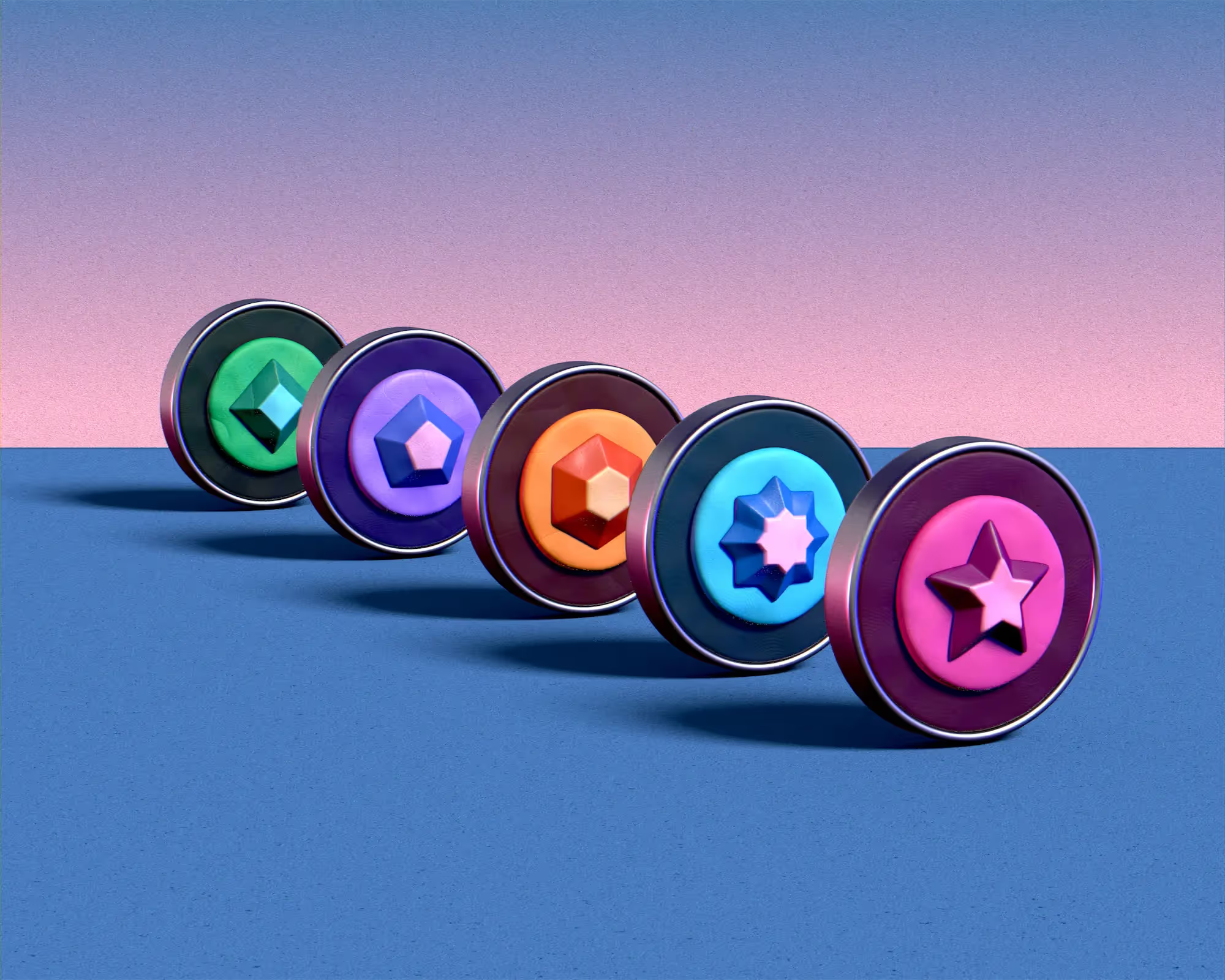
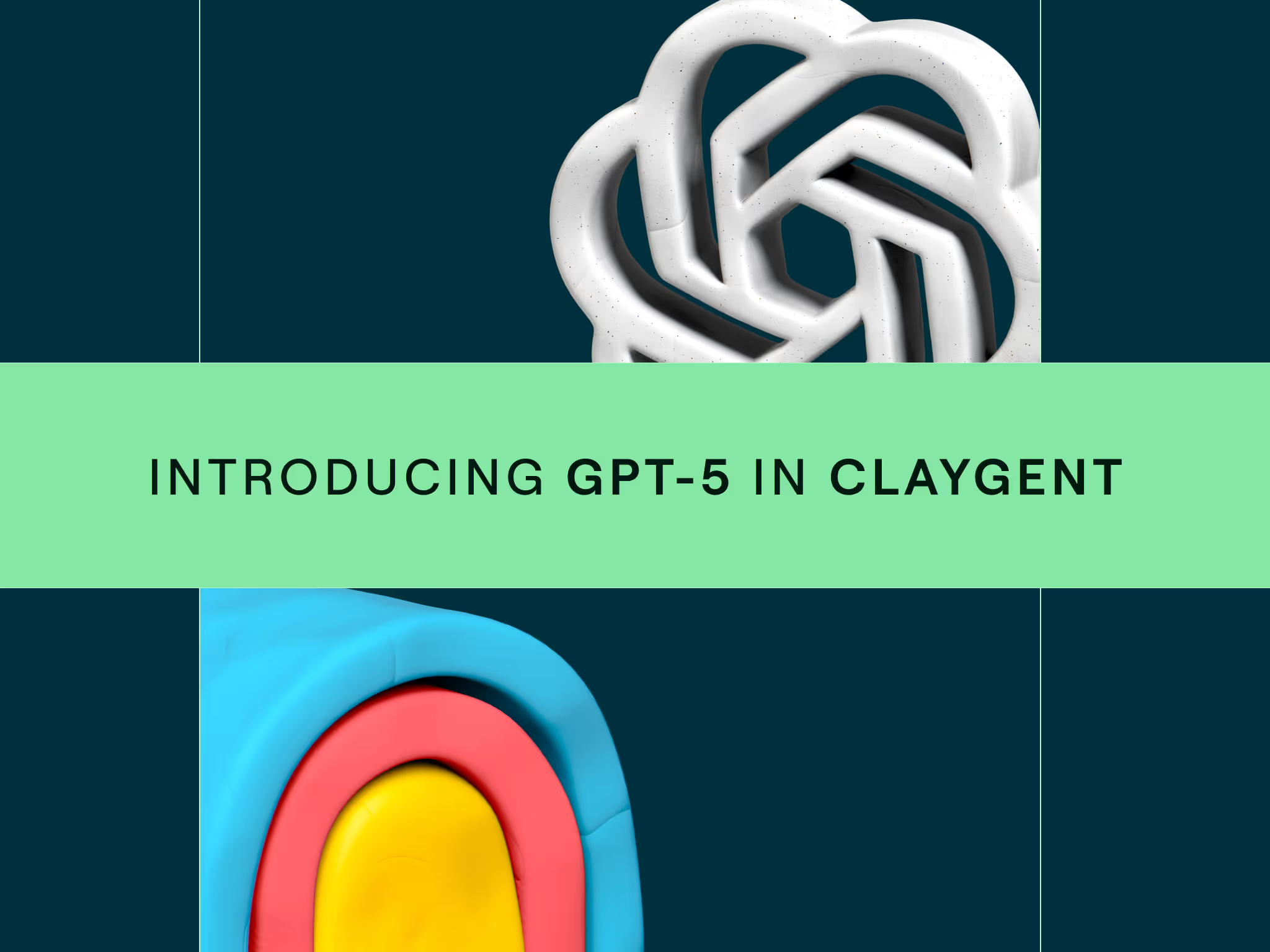
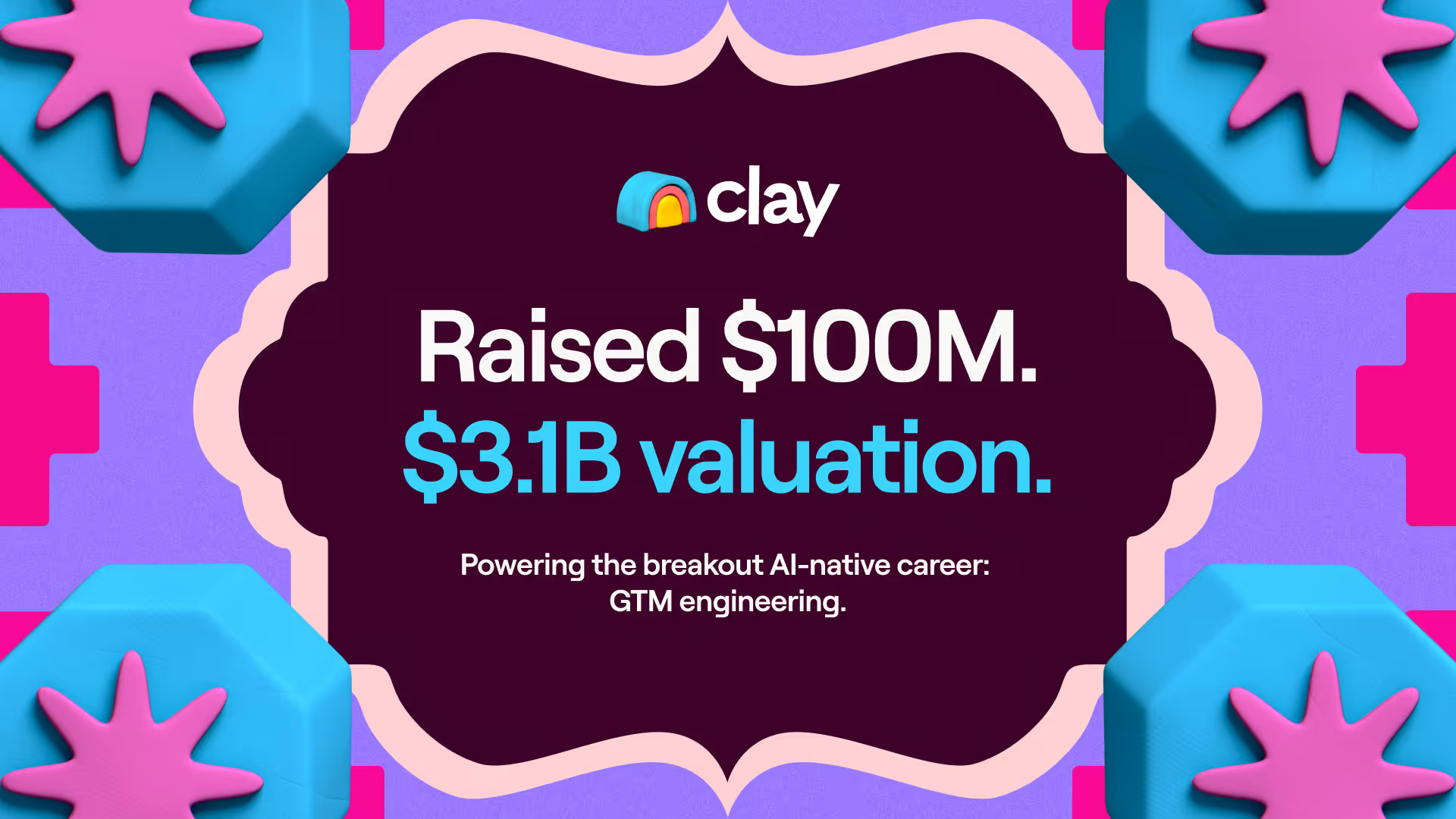
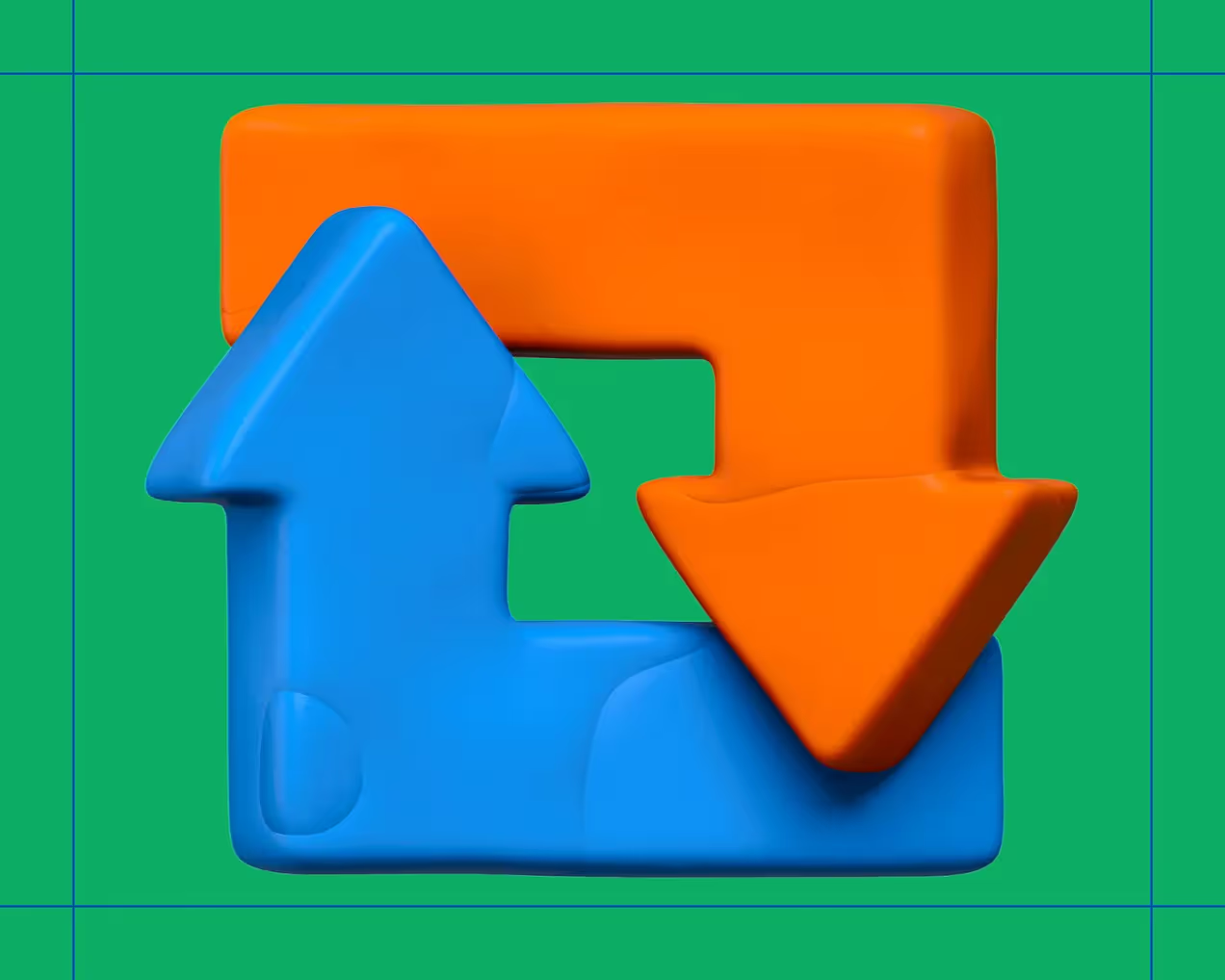



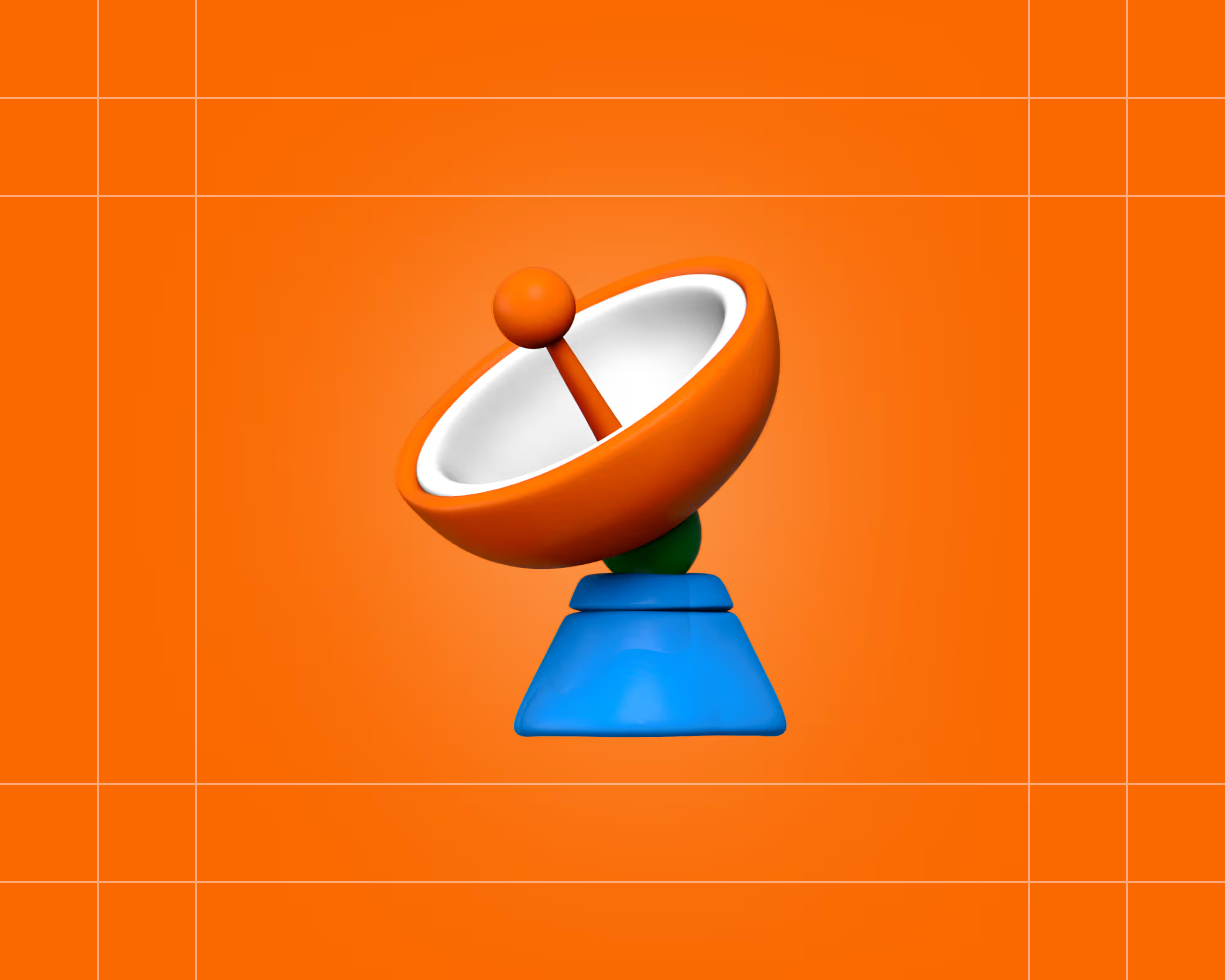

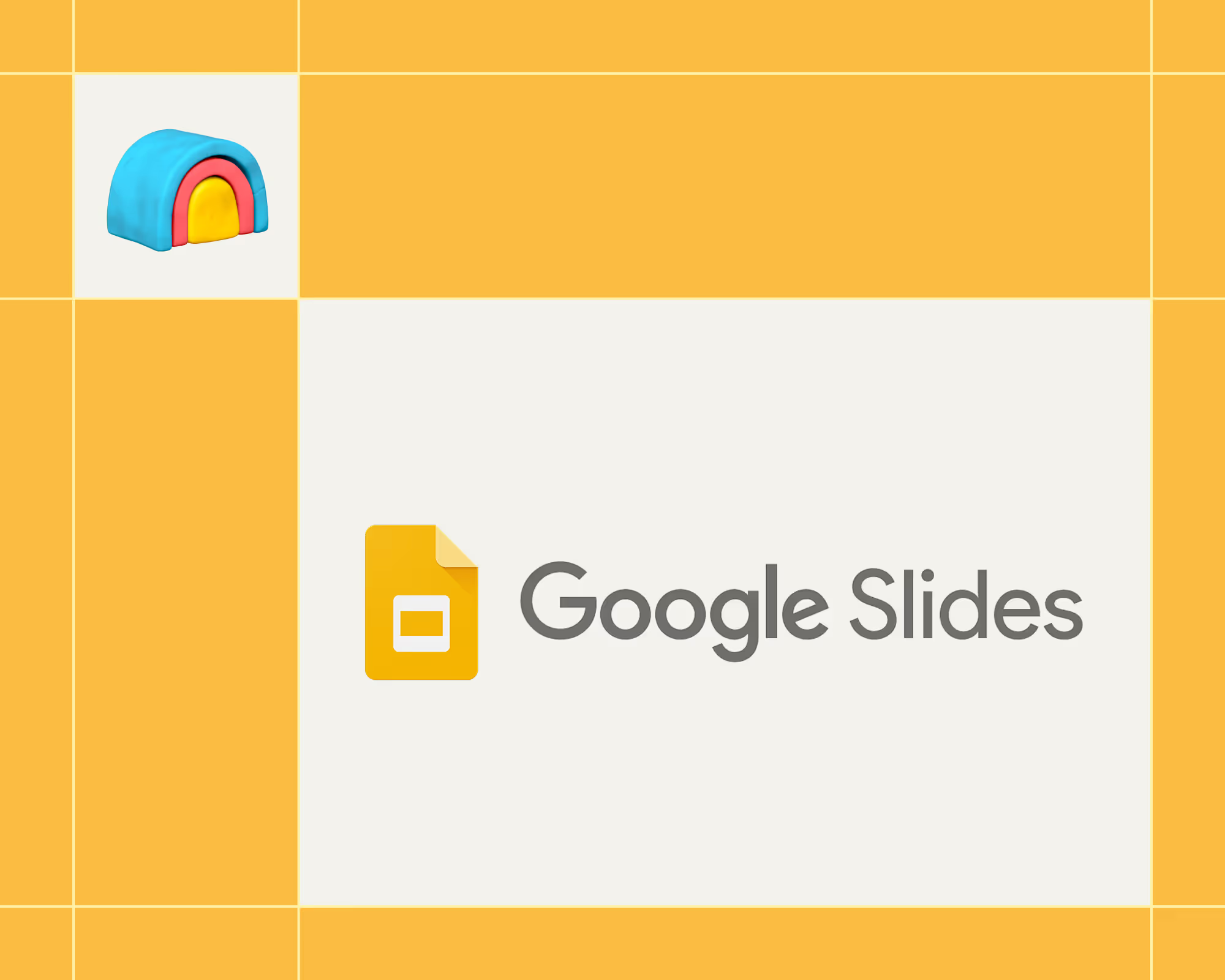
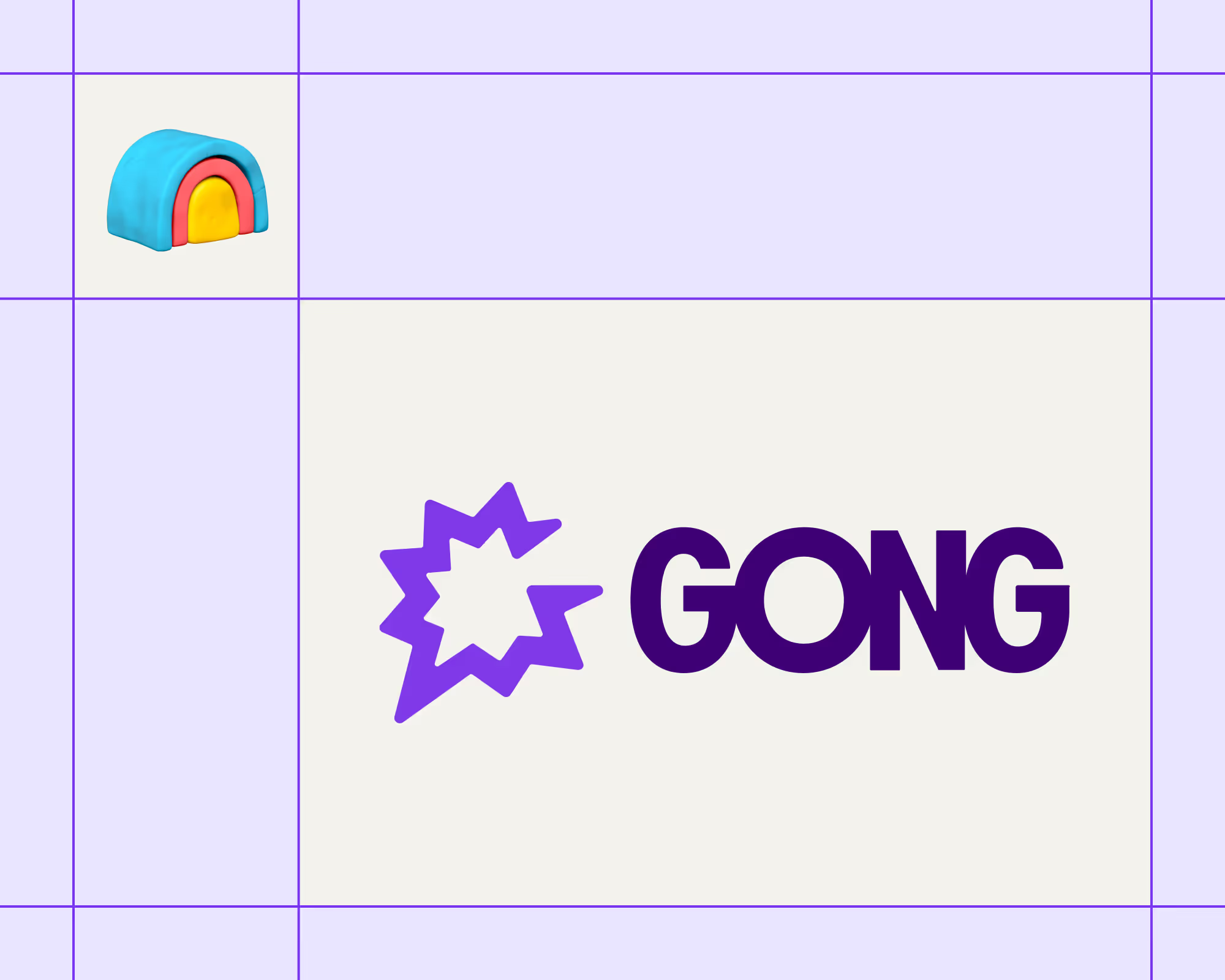

.avif)











.avif)
.avif)





















































